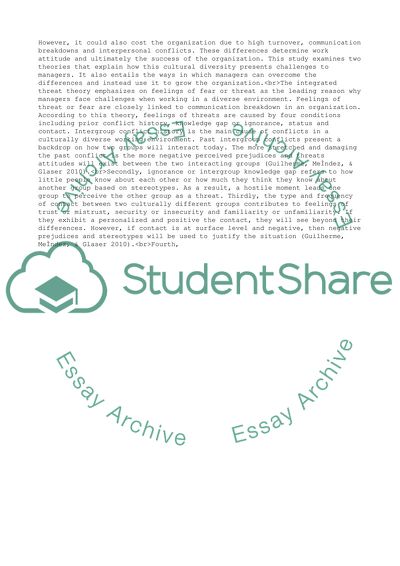Cite this document
(“Team Dynamics Assignment Example | Topics and Well Written Essays - 1250 words - 1”, n.d.)
Team Dynamics Assignment Example | Topics and Well Written Essays - 1250 words - 1. Retrieved from https://studentshare.org/management/1601090-team-dynamics
Team Dynamics Assignment Example | Topics and Well Written Essays - 1250 words - 1. Retrieved from https://studentshare.org/management/1601090-team-dynamics
(Team Dynamics Assignment Example | Topics and Well Written Essays - 1250 Words - 1)
Team Dynamics Assignment Example | Topics and Well Written Essays - 1250 Words - 1. https://studentshare.org/management/1601090-team-dynamics.
Team Dynamics Assignment Example | Topics and Well Written Essays - 1250 Words - 1. https://studentshare.org/management/1601090-team-dynamics.
“Team Dynamics Assignment Example | Topics and Well Written Essays - 1250 Words - 1”, n.d. https://studentshare.org/management/1601090-team-dynamics.


